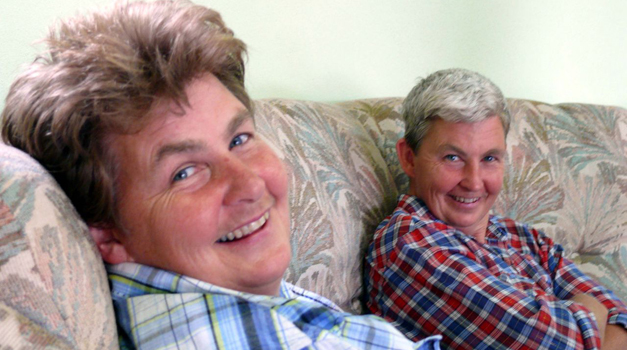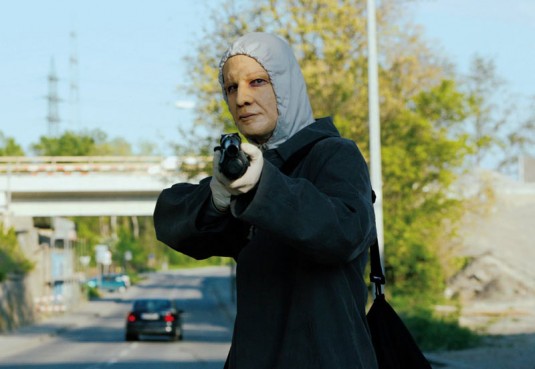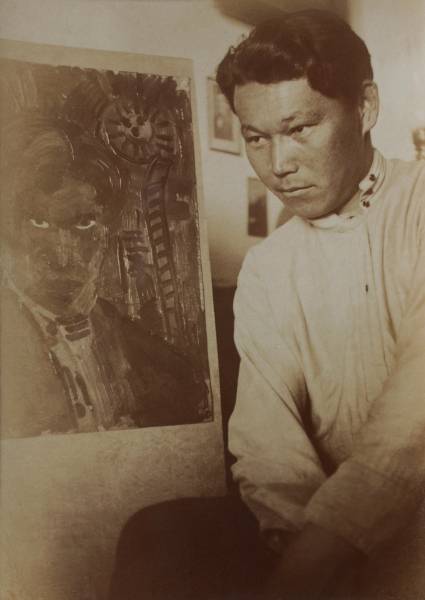MY REINCARNATION (Jennifer Fox, 2010)
Cinema Village
22 East 12th St. between University Pl. & Fifth Ave.
Opens Friday, October 28
212-924-3363
www.myreincarnationfilm.com
www.cinemavillage.com
 More than twenty years in the making, Jennifer Fox’s My Reincarnation tells the fascinating story of a very unusual father-son relationship amid the modern world of tulkus, or reincarnated Tibetan lamas. World-renowned high Tibetan Buddhist Master Chögyal Namkhai Norbu travels around the world teaching meditation and Dzogchen practice. He meets with the Dalai Lama, advises students and fans, signs copies of his many books, and builds support for his beleaguered native land, Tibet. But his son, Yeshi Silvano Namkhai, who was born in 1970 in Italy (where Rinpoche Namkhai Norbu taught at university from 1964 to 1992), had no desire to follow in his father’s footsteps and instead went into the computer business, starting a family and rejecting nearly everything his father believes in — including that Yeshi might just be the reincarnation of his great-uncle, Khyentse Rinpoche Chökyi Wangchug, and so is destined for a life of service and tradition. “Everybody knows about me and nobody knows me at all,” Yeshi says about trying to establish his own identity. Father and son and the rest of the family allowed Fox remarkable access, holding nothing back as they talk about their lives and each other; Yeshi is particularly vocal about his father’s treatment of him over the years. But soon Yeshi has a change of heart, and the documentary takes an unexpected turn. Fox, who has previously made such films as Beirut: The Last Home Movie, Flying: Confessions of a Free Woman, and An American Love Story, shot more than one thousand hours of footage, which she edited down to a tight seventy-five-minutes, including archival and newsreel footage as well. As much as it is about a father and a son, My Reincarnation is also about the old vs. the new, tradition vs. modernization, private love vs. public responsibility, the spiritual vs. the technological, and, above all, familial legacy. My Reincarnation opens at Cinema Village on October 28; Fox and Yeshi will participate in several Q&As and/or introductions on October 28 and 29, with Fox also taking part in Q&As following the 7:00 screenings on November 2 and 3.
More than twenty years in the making, Jennifer Fox’s My Reincarnation tells the fascinating story of a very unusual father-son relationship amid the modern world of tulkus, or reincarnated Tibetan lamas. World-renowned high Tibetan Buddhist Master Chögyal Namkhai Norbu travels around the world teaching meditation and Dzogchen practice. He meets with the Dalai Lama, advises students and fans, signs copies of his many books, and builds support for his beleaguered native land, Tibet. But his son, Yeshi Silvano Namkhai, who was born in 1970 in Italy (where Rinpoche Namkhai Norbu taught at university from 1964 to 1992), had no desire to follow in his father’s footsteps and instead went into the computer business, starting a family and rejecting nearly everything his father believes in — including that Yeshi might just be the reincarnation of his great-uncle, Khyentse Rinpoche Chökyi Wangchug, and so is destined for a life of service and tradition. “Everybody knows about me and nobody knows me at all,” Yeshi says about trying to establish his own identity. Father and son and the rest of the family allowed Fox remarkable access, holding nothing back as they talk about their lives and each other; Yeshi is particularly vocal about his father’s treatment of him over the years. But soon Yeshi has a change of heart, and the documentary takes an unexpected turn. Fox, who has previously made such films as Beirut: The Last Home Movie, Flying: Confessions of a Free Woman, and An American Love Story, shot more than one thousand hours of footage, which she edited down to a tight seventy-five-minutes, including archival and newsreel footage as well. As much as it is about a father and a son, My Reincarnation is also about the old vs. the new, tradition vs. modernization, private love vs. public responsibility, the spiritual vs. the technological, and, above all, familial legacy. My Reincarnation opens at Cinema Village on October 28; Fox and Yeshi will participate in several Q&As and/or introductions on October 28 and 29, with Fox also taking part in Q&As following the 7:00 screenings on November 2 and 3.
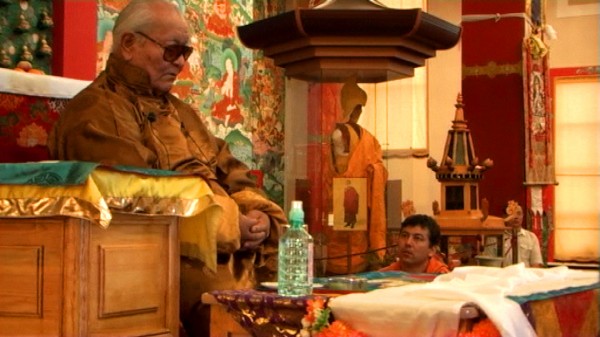
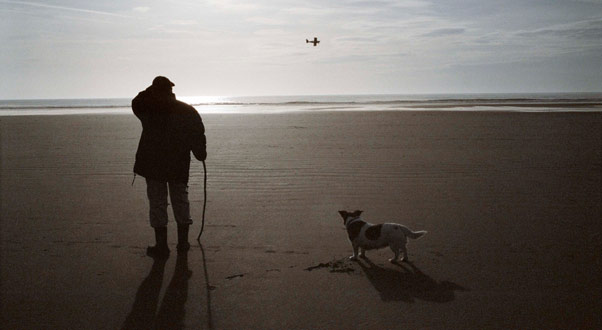
 Gideon Koppel’s achingly beautiful, gorgeously photographed Sleep Furiously seems to take place in a land that time forgot. The Liverpool-raised Koppel and his small crew spent eight months in the rural farming community of Trefeurig in Wales, where his German-Jewish refugee parents lived for many years. Inspired by Dylan Thomas’s Under Milk Wood, which was set not far from Trefeurig, Koppel props up his camera and just lets things happen; there is no linear narrative, and he has adamantly claimed that the film is about nothing. Of course, that’s not quite true. It’s about real life, happening at its own pace. Children learn music in school. Tractors lift bales of hay. People bid at a sheep auction. A woman prepares the church for mass. Calves and piglets are born. A man reads poetry by the side of the road. Koppel’s mother brings her dog to the vet. And at the center of it all, John Jones drives his library van through town once a month, talking about literature and sharing books with the eager community. Koppel rarely moves the camera, letting the action direct itself, using natural light and sound and a glittering minimalist soundtrack by Aphex Twin as humans and animals saunter in and out of the frame. Filmed at the pace of real life, Sleep Furiously, which got its title from the Noam Chomsky quote “Colorless green ideas sleep furiously,” does not worship the past by condemning modernity and abhorring technological advances. It merely is (although its politics are inherent). It’s about nothing, and it’s about everything. But most of all, it’s about everyday existence and the truth. In conjunction with the theatrical release of Sleep Furiously,
Gideon Koppel’s achingly beautiful, gorgeously photographed Sleep Furiously seems to take place in a land that time forgot. The Liverpool-raised Koppel and his small crew spent eight months in the rural farming community of Trefeurig in Wales, where his German-Jewish refugee parents lived for many years. Inspired by Dylan Thomas’s Under Milk Wood, which was set not far from Trefeurig, Koppel props up his camera and just lets things happen; there is no linear narrative, and he has adamantly claimed that the film is about nothing. Of course, that’s not quite true. It’s about real life, happening at its own pace. Children learn music in school. Tractors lift bales of hay. People bid at a sheep auction. A woman prepares the church for mass. Calves and piglets are born. A man reads poetry by the side of the road. Koppel’s mother brings her dog to the vet. And at the center of it all, John Jones drives his library van through town once a month, talking about literature and sharing books with the eager community. Koppel rarely moves the camera, letting the action direct itself, using natural light and sound and a glittering minimalist soundtrack by Aphex Twin as humans and animals saunter in and out of the frame. Filmed at the pace of real life, Sleep Furiously, which got its title from the Noam Chomsky quote “Colorless green ideas sleep furiously,” does not worship the past by condemning modernity and abhorring technological advances. It merely is (although its politics are inherent). It’s about nothing, and it’s about everything. But most of all, it’s about everyday existence and the truth. In conjunction with the theatrical release of Sleep Furiously, 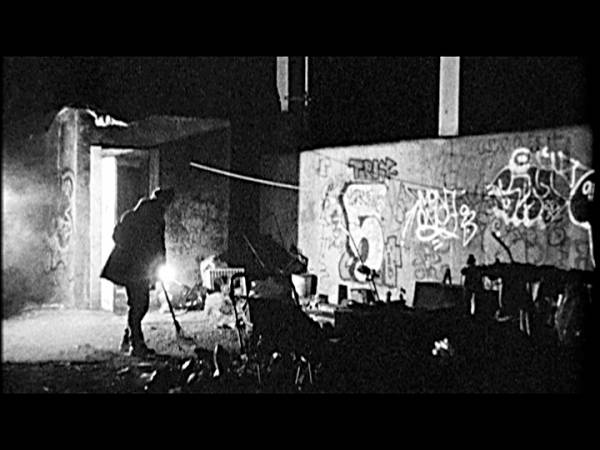
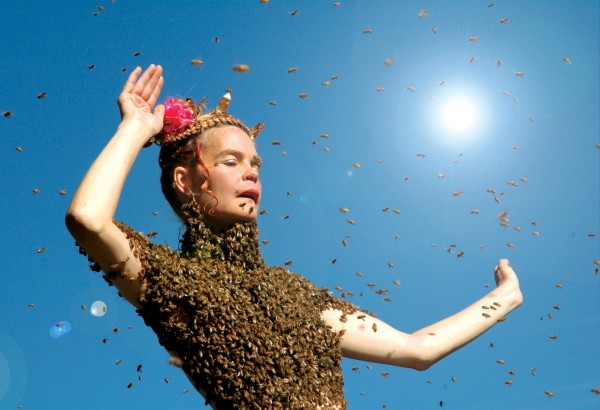
 In a November 1923 lecture, Austian anthroposopher Rudolf Steiner said, “Perhaps you noticed something about the entire nature of beekeeping, something, I would say, of the nature of an enigma. The beekeeper is understandably interested above all in what must be done. Actually, every human being should show the greatest interest in this subject, because, much more than you can imagine, our lives depend upon beekeeping.” Steiner also predicted that bees would disappear from the face of the earth in eighty to one hundred years. Sadly, Taggart Siegel’s compelling documentary about colony collapse disorder, Queen of the Sun, reveals that Steiner just might be right. Siegel (The Real Dirt on Farmer John) meets with experts around the world, including author Michael Pollan, biodynamic beekeeper Gunther Hauk, philosopher Horst Kornberger, Indian activist and physicist Vandana Shiva, Slow Food International president Carlo Petrini, molecular biologist Johannes Wirz, entomologist May Berenbaum, and such serious, oddball, and quirky beekeepers as Yvon Archard, Michael Thiele, David Heaf, Gunther Friedmann, Massimo Carpinteri, Ron Breland, and Warren Thompson, who talk about how integral bees are not only to the natural environment but to the very future of humanity. They also proudly show off their rather close personal relationships with their queens and hardworking drones as they discuss the hazards of monoculture, corporate migratory beekeeping, pesticide usage, and other factors that have led to the frightening disappearance of millions of colonies. “We could call it colony collapse of the human being too,” Hauk says. The film, which also includes a look at the legal battle over beekeeping in New York City, begins and ends with artist, energy healer, and beekeeper Sara Mapelli performing a ritual dance covered with some twelve thousand bees. Queen of the Sun has built quite a buzz, having won awards at festivals around the world, including the Planet in Focus Film Festival; it opens at Cinema Village today for a one-week run, the perfect prelude to National Pollinator Week, which takes place June 20–26. You’ll never look at honey the same way again.
In a November 1923 lecture, Austian anthroposopher Rudolf Steiner said, “Perhaps you noticed something about the entire nature of beekeeping, something, I would say, of the nature of an enigma. The beekeeper is understandably interested above all in what must be done. Actually, every human being should show the greatest interest in this subject, because, much more than you can imagine, our lives depend upon beekeeping.” Steiner also predicted that bees would disappear from the face of the earth in eighty to one hundred years. Sadly, Taggart Siegel’s compelling documentary about colony collapse disorder, Queen of the Sun, reveals that Steiner just might be right. Siegel (The Real Dirt on Farmer John) meets with experts around the world, including author Michael Pollan, biodynamic beekeeper Gunther Hauk, philosopher Horst Kornberger, Indian activist and physicist Vandana Shiva, Slow Food International president Carlo Petrini, molecular biologist Johannes Wirz, entomologist May Berenbaum, and such serious, oddball, and quirky beekeepers as Yvon Archard, Michael Thiele, David Heaf, Gunther Friedmann, Massimo Carpinteri, Ron Breland, and Warren Thompson, who talk about how integral bees are not only to the natural environment but to the very future of humanity. They also proudly show off their rather close personal relationships with their queens and hardworking drones as they discuss the hazards of monoculture, corporate migratory beekeeping, pesticide usage, and other factors that have led to the frightening disappearance of millions of colonies. “We could call it colony collapse of the human being too,” Hauk says. The film, which also includes a look at the legal battle over beekeeping in New York City, begins and ends with artist, energy healer, and beekeeper Sara Mapelli performing a ritual dance covered with some twelve thousand bees. Queen of the Sun has built quite a buzz, having won awards at festivals around the world, including the Planet in Focus Film Festival; it opens at Cinema Village today for a one-week run, the perfect prelude to National Pollinator Week, which takes place June 20–26. You’ll never look at honey the same way again.